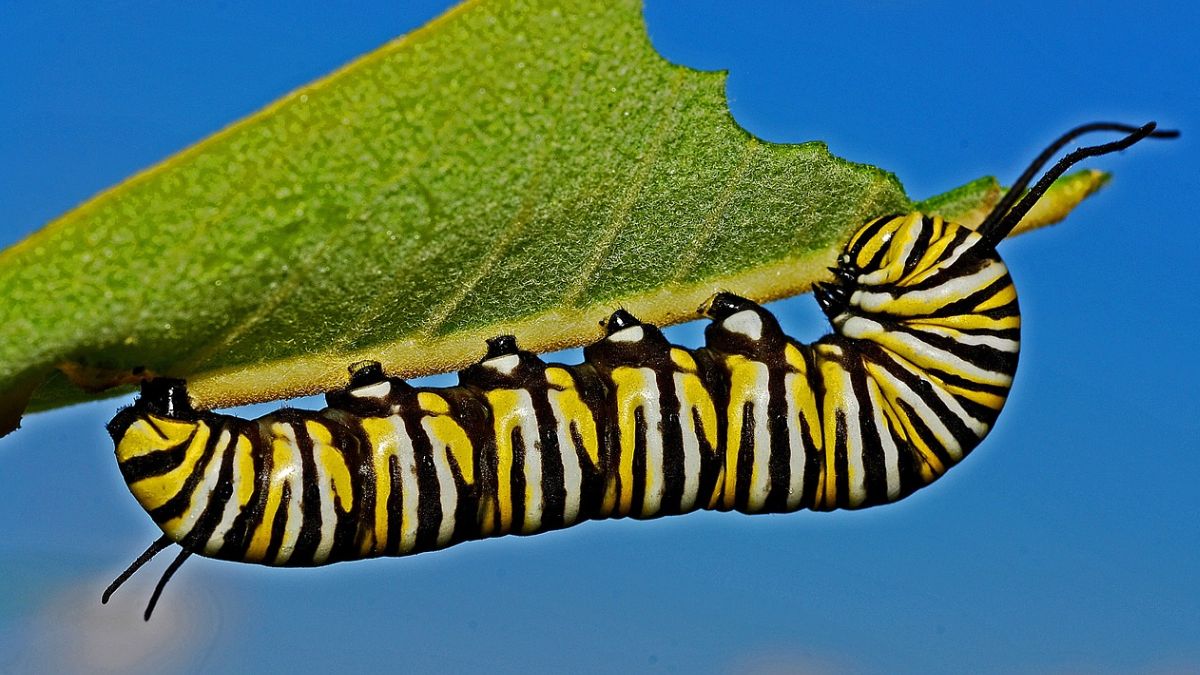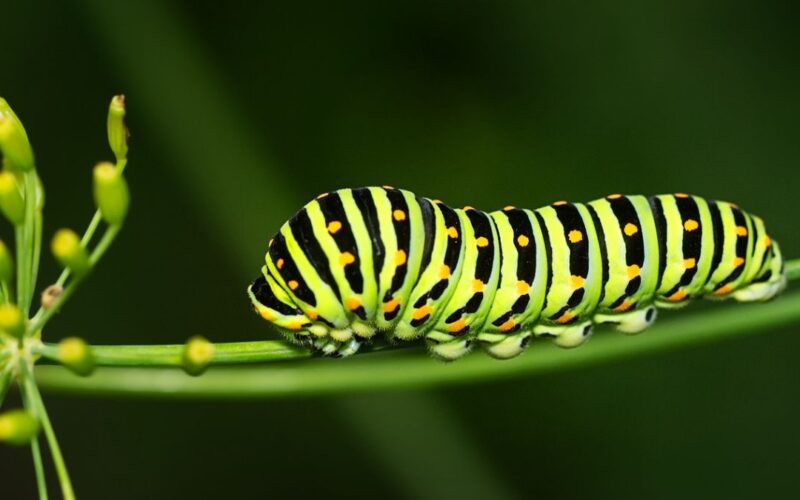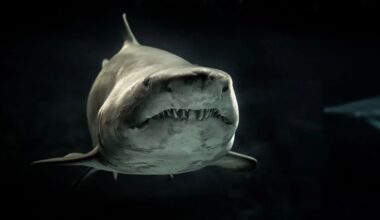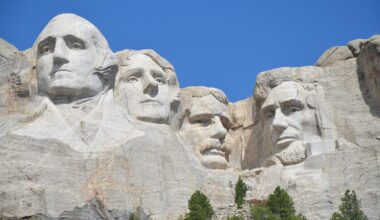Caterpillars, the larval stage of butterflies and moths, are among the most intriguing creatures found in nature. From their diverse forms and behaviors to their vital role in ecosystems, caterpillars captivate the imagination of scientists and nature enthusiasts alike. This article presents a compilation of the top 10 fascinating facts about these remarkable insects, shedding light on their remarkable adaptations, life cycle, and ecological significance.
Life Cycle and Metamorphosis
Caterpillars undergo a remarkable transformation known as metamorphosis, transitioning from egg to larva, pupa, and finally to adult butterfly or moth. This process involves profound changes in body structure and behavior, with caterpillars specializing in feeding and growth during their larval stage.
Biodiversity
Caterpillars exhibit remarkable diversity, with over 180,000 species documented worldwide. They come in a dazzling array of shapes, sizes, and colors, ranging from the tiny larvae of micro-moths to the large and flamboyant caterpillars of tropical butterflies.
Adaptations for Survival
Caterpillars possess a myriad of adaptations that enhance their survival in diverse environments. These include cryptic coloration and camouflage to blend in with their surroundings, mimicry to resemble unpalatable species, and physical defenses such as spines or hairs to deter predators.

Specialized Diet
Caterpillars are voracious feeders, consuming plant material as their primary source of nutrition. However, different species exhibit varying dietary preferences, with some feeding on specific plant species while others are generalists that consume a wide range of plant material.
Camouflage and Mimicry
Many caterpillars have evolved sophisticated camouflage strategies to evade detection by predators. Some resemble twigs, leaves, or even bird droppings, effectively blending into their environment to avoid being eaten. Others mimic the appearance of toxic or unpalatable species to deter predators from attacking them.
Defense Mechanisms
In addition to camouflage, caterpillars employ various defense mechanisms to protect themselves from predators. These include the secretion of noxious chemicals, sudden movements or startle displays, and the ability to regurgitate or release bodily fluids as a deterrent.
Ecological Role
Caterpillars play a crucial role in ecosystems as primary consumers of plant material, helping to regulate plant populations and nutrient cycling. They serve as vital food sources for a wide range of predators, including birds, reptiles, and insects, contributing to the intricate web of life in natural communities.

Scientific Research
Caterpillars have long fascinated scientists and researchers, serving as model organisms for studies in ecology, evolution, and developmental biology. Their rapid growth and dramatic metamorphosis make them valuable subjects for investigating fundamental biological processes and the impacts of environmental change.
Economic Importance
While some caterpillar species are beneficial as pollinators or natural pest controllers, others can cause significant damage to crops and vegetation. Agricultural pests such as the corn earworm and cabbage looper pose challenges to farmers worldwide, highlighting the economic importance of understanding caterpillar biology and behavior.
Conservation
Despite their ecological significance, many caterpillar species face threats from habitat loss, climate change, and pesticide use. Conservation efforts aimed at preserving their natural habitats and reducing human impacts are essential for safeguarding the biodiversity and ecosystem services provided by caterpillars and their adult counterparts.
Caterpillars are remarkable creatures that inspire wonder and curiosity with their diverse forms, behaviors, and ecological roles. From their pivotal role in ecosystems to their captivating adaptations and metamorphic transformations, caterpillars continue to fascinate and enrich our understanding of the natural world. By appreciating and conserving these remarkable insects, we can ensure that future generations will continue to marvel at the beauty and complexity of caterpillars in the world around us.










